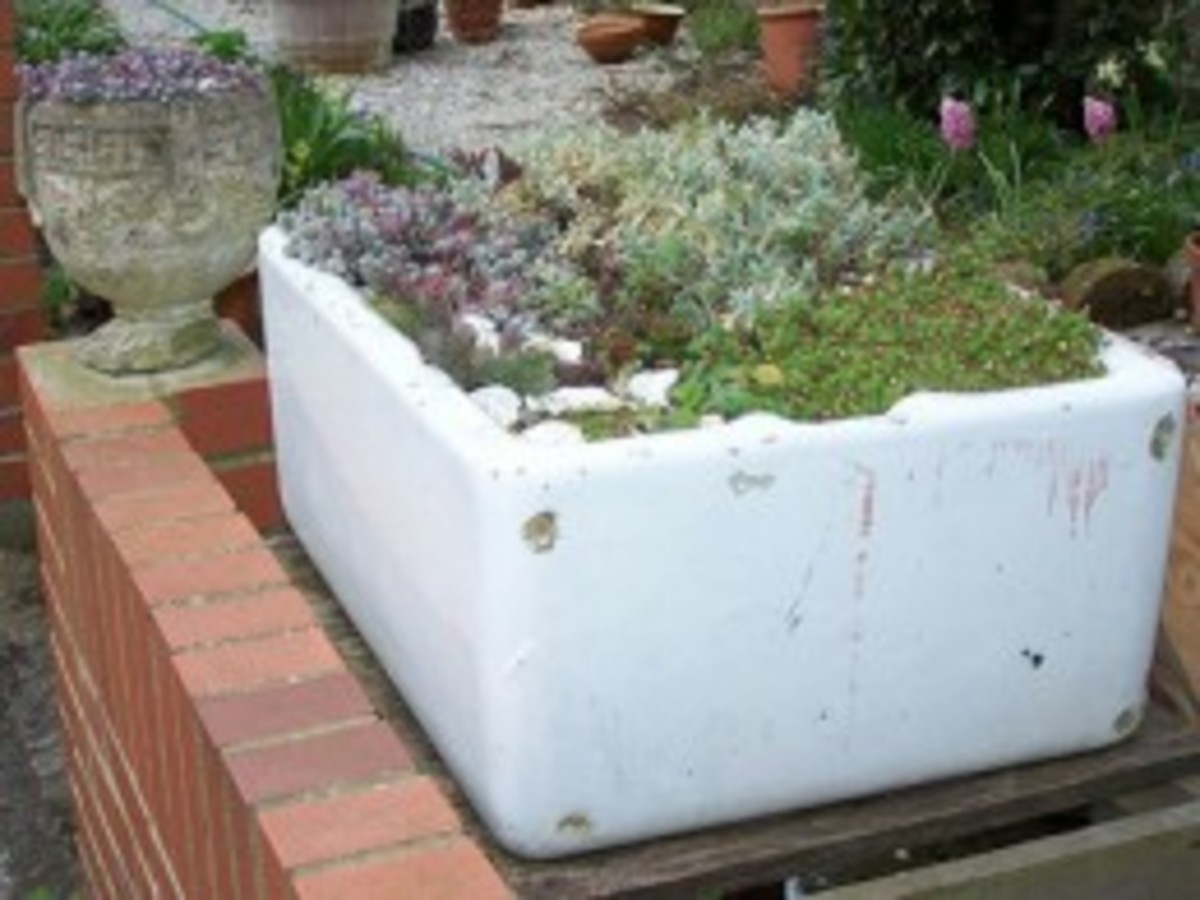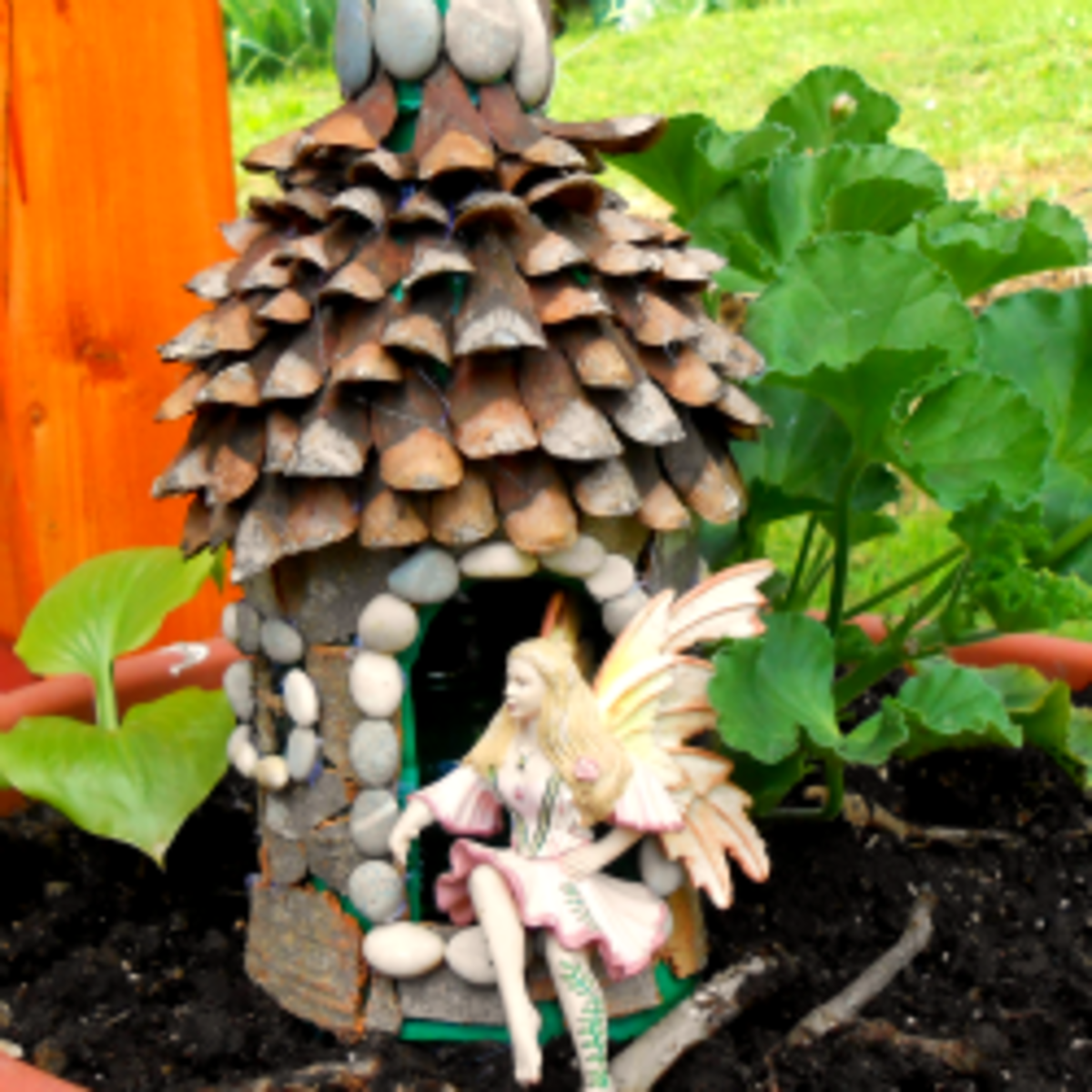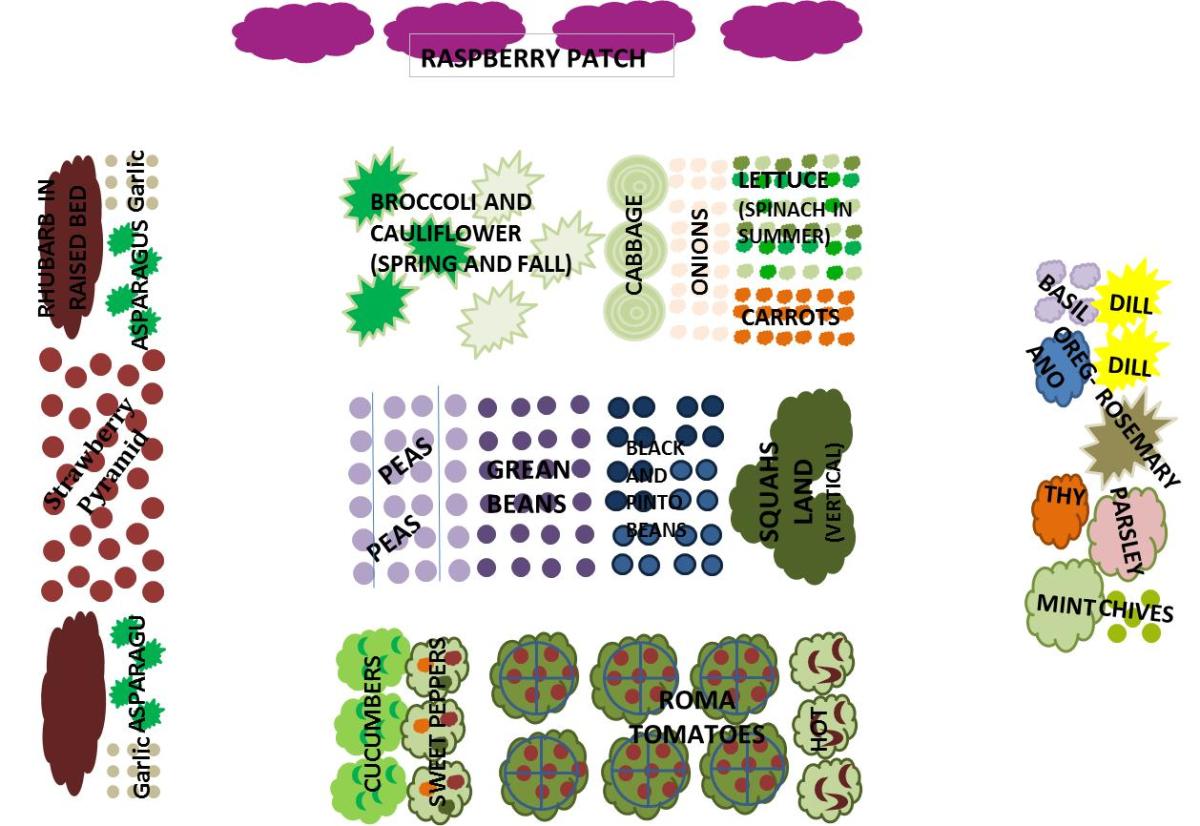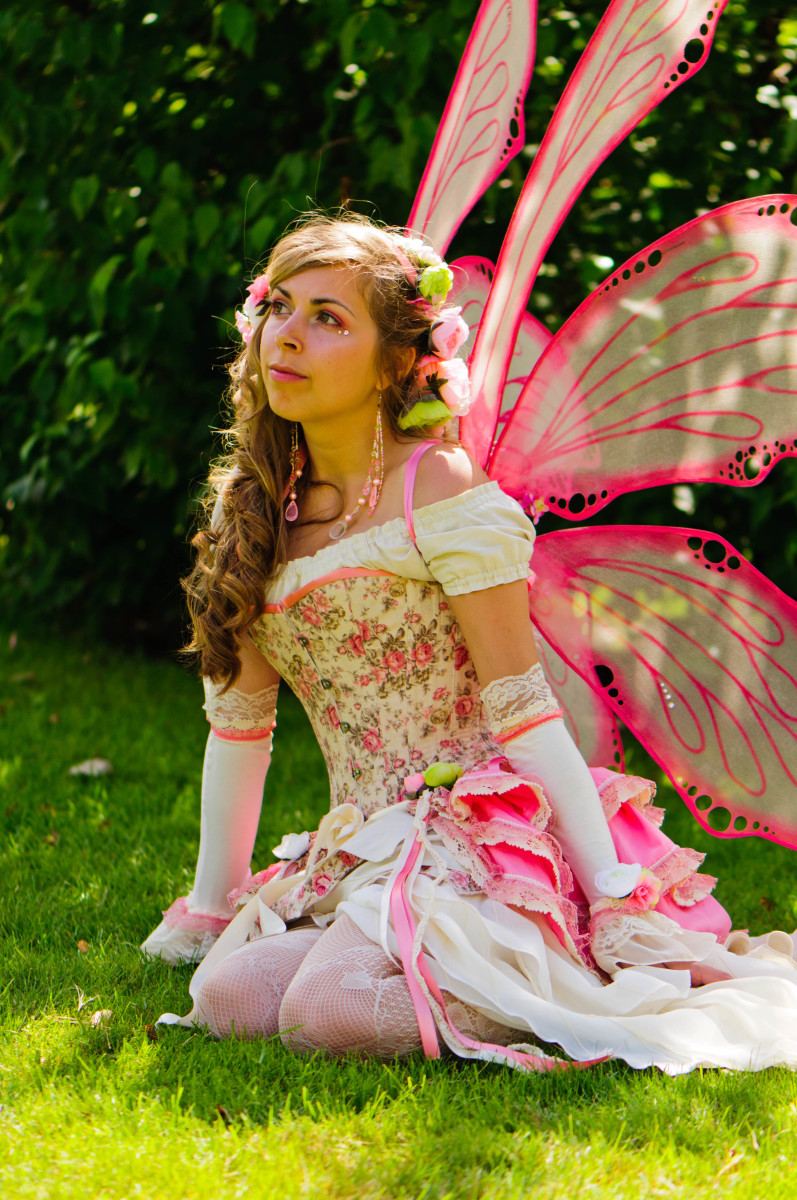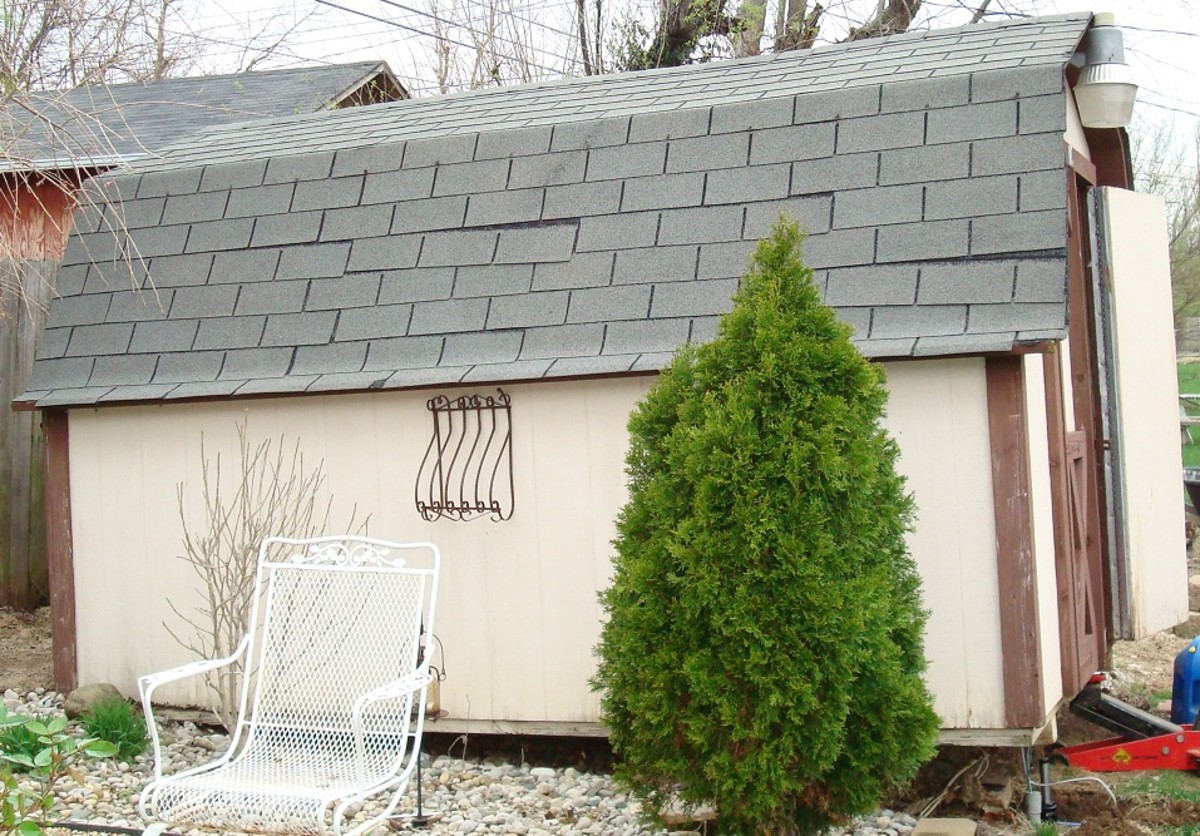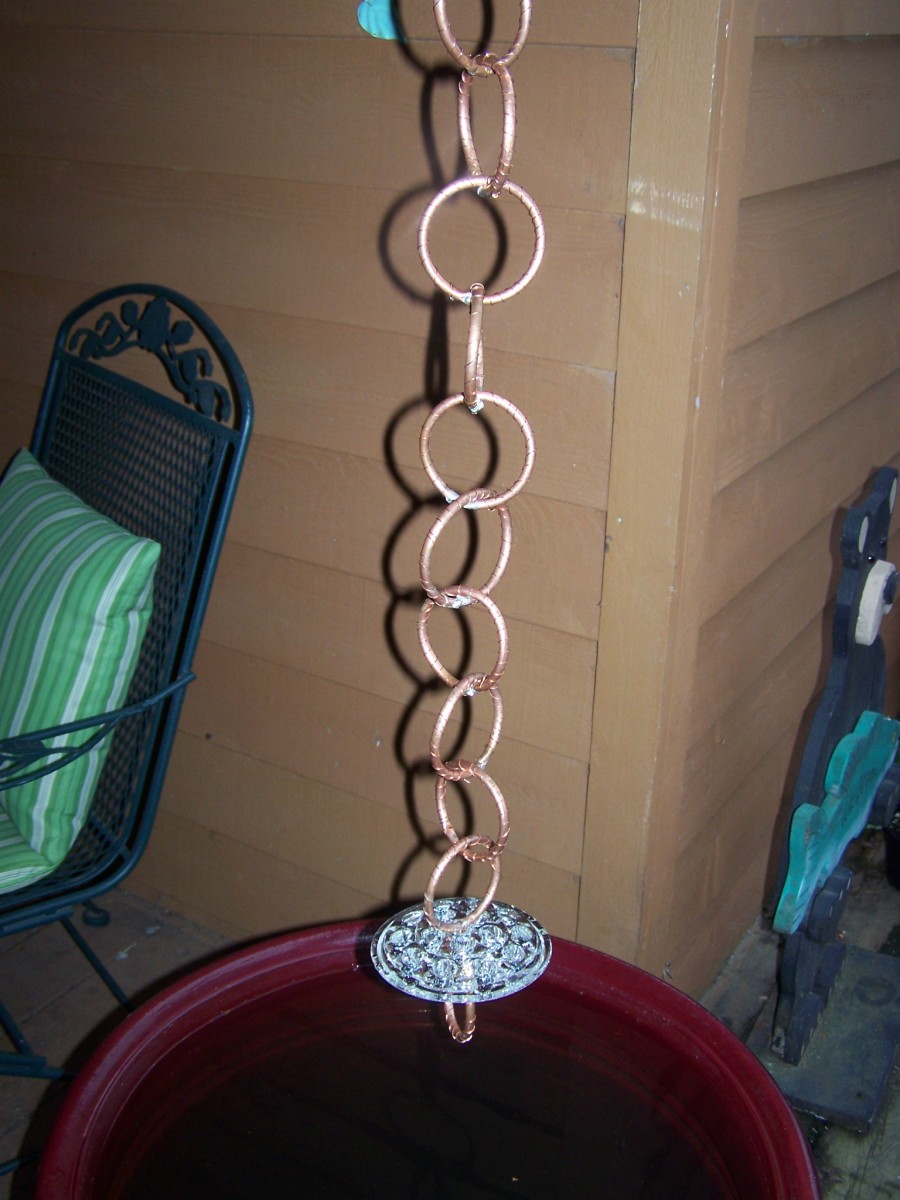Faery Garden Plants
Faery Garden Plants
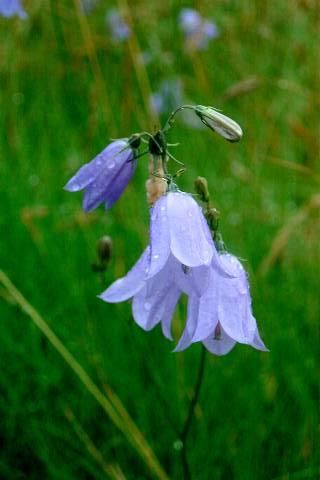
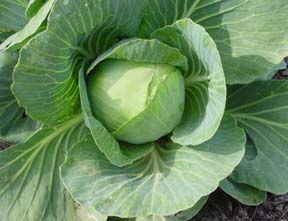
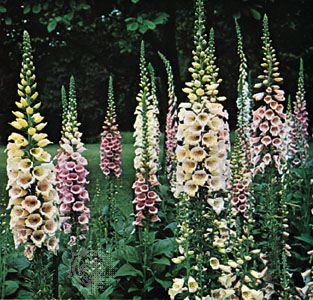
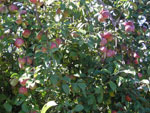
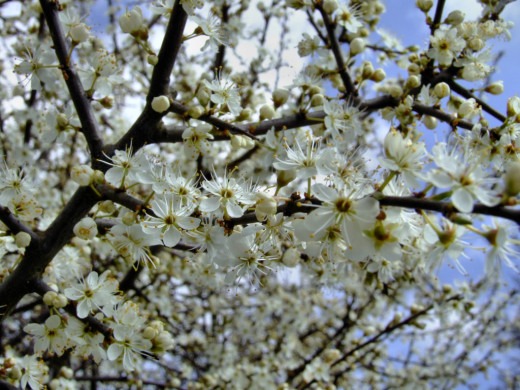
Faery Plants For Your Garden
To create a Faery (Fairy) Garden is no more difficult than fashioning any other type of garden. You rely on colour, scent and texture, to bring your garden to life. Colour pleases the eye and can attract various life forms, as can the hues and shades of plants. Yet, like planting other gardens with a purpose e.g. Hummingbird Gardens, you need to pay attention to the rules.
Flower Colours
If you wish to attract Welsh or Manx (Island of Man) Fairies, you need to carefully avoid the colour yellow. The Fair Family (Y Tlwyth Teg) do not dwell in Gardens where yellow flowers flourish. Other Fairy Folk are not so colour bound. They enjoy the sunny hues of Buttercups, Dandelions and Broom.
In the Highlands of Scotland, Broom is an important plant for Fairy usage. The Grey Neighbours (Trows) use the long stems as Fairy Horses. The Broom is known as a Fairy Bush. Dandelions like Black-eyed Susans and Sunflowers call out to those Fairies who dance in the sunlight. White flowers and plants call to the Moon Fairies. White and yellow water plants, however, call to the water fairies. You might want to consider whether you want nixes in your garden.
In general, all flower and plant colors appeal to Fairies. The same applies to plants whether or not they ever flower.
Fairy Plants
Whatever you plant is bound to call to one little being or another. This is true whether you plant Foxglove (a known Fairy plant) or a new variety of Pansy. The following is a brief list of Fairy Plants:
- Blackberry – hiding place for Fairies
- Bluebells (Harebells) – Use to hear Fairies
- Broom – Fairy Bush
- Butter & Eggs – to help see the Fairies
- Cabbage – Provides transportation
- Chamomile – Ingredient in Fairy Tea
- Cowslips – A Fairy Chair
- Daisy – Food for Fairies
- Evening Primrose – Help protect from and guide to Fairies
- Fairy Flax – Faeries spin into clothing
- Forget-me-nots – Help find Fairy Treasure
- Foxglove – Fairy Petticoats
- Lady’s Mantle – A Fairy shower stall
- Lavender – intoxicates Fairies
- Lily-of-the-Valley – Fairy bells
- Marsh Marigold – Gypsies carry to see Fairies
- Milkweed – stocks to fly on, fluff to stuff pillows and duvets
- Peonies – home to Chinese and Japanese plant spirits
- Puffball – goblin’s music box
- Thistle – Fairy glove
- Tulips – For naps
- Wild Thyme – beds for Italian Fairy babies
- Wood Sorrel – Fairy bells (Wales)
In the cases of trees, the rules are less general and more specific.
Fairy Trees
Trees are homes to a wide variety of spirits and elemental beings. Chinese and Japanese Plant Spirits are commonly found in trees – in particular plum and cherry trees. For the Greeks and Roman Dryads, Hamadryads, Nereids and Nymphs have names relating to their habitat. For the Celts, in the past and present, trees are connected to the Sacred, to the Olde Gods and to the Fairies.
Consider the power of Apple Trees in global myth. The same applies to Cedar, Pine and other Evergreens in North American Native tales. There are very few cultures without their Fairy folk. Planting a tree becomes more than the act of gardening. It is a means of drawing the spiritual into your Garden. It is a way to call to the ancient Faeries, Tree spirits and Elemental beings. Among the most common Faery Trees are:
- Alder – Fairies walk beneath on the High holidays
- Apple – If grafted, it is an Imp tree and always under Fairy Influence. Mentioned as a Fairy Tree in English Poetry including Thomas the Rhymer. There are also specific Apple Tree spirits
- Ash – Part of the Big Three – Oak, Ash and Thorn
- Elms – Elven trees
- Hawthorn – Meeting place and one of the three: Oak, Ash and Thorn
- Mountain Ash (Rowan) – considered a protective tree against Farieis and Witches but also known to draw them
- Oak – Faery Folk dwell in old Oakes
- Pines, Cedars – Evergreen – commonly found in Fairy tales and tree spirits associated with Native North Americans
- Yew – held sacred by the Irish Celts and associated with the Sidh
Do be aware, that when planting a Fairy Garden many of the trees (and plants) are attractive to other beings as well. Many Butterfly Gardens or Hummingbird Gardens feature plants that Fairies will find irresistible. Those you grow for a witch’s Garden also can lure certain kinds of Fairies.
Conclusion
In planting a Fairy Garden, you can stick to the traditional Victorian style with the ideal, sweet Fairies they portray. You can also realize that not all Fairies are benign and that the world of Fairy is indeed a vast one. Celtic Faeries cover a wide spectrum and may dwell in lakes, meadows, gardens, fields, barns and homes. You also have North American types.
Perhaps, the simplest way to begin preparations for a Faery Garden is reading up on Fairies. Next, you should become aware of what types plants are considered Faery Plants. While, arguably, most plants and trees are under the care of Nature Spirits and/or Faeries, certain plants are known to be Faery-friendly and attractive to the Fey. Once you understand the basics, you can start to work on your Fairy Garden. After that, you can branch out into adding the various aspects that will magnify the initial plantings. This will include gems/stones and other accessories.
Sources:
Arrowsmith, N. & Moorse, G. A Field Guide to the Little People. 1977.
Briggs, Katherine. An Encyclopedia of Fairies. 1976.
Durie, William. “Tree Myths and Forest Lore”. The Celtic Magazine 11 (1886): 235-240.
Dyer, Thiselton. The Folklore of Plants. 1898.
Keightley, Thomas. The Fairy Mythology. (1870) 1975.
Mackle, H. “Fairies and Leprechauns” Ulster Folklore 19 (1964): 49-56
Michio, Tsutsui. “Five Beloved Folktales and their Trees” Japan Quarterly 34 (Apr-June): 204-210.
Rose, Carol. Spirits, Fairies, Leprechauns and Goblins. An Encyclopedia. 1996.
Skinner, C. M. Myths and Legends of Flowers, Trees, Fruits and Plants. 1925.

